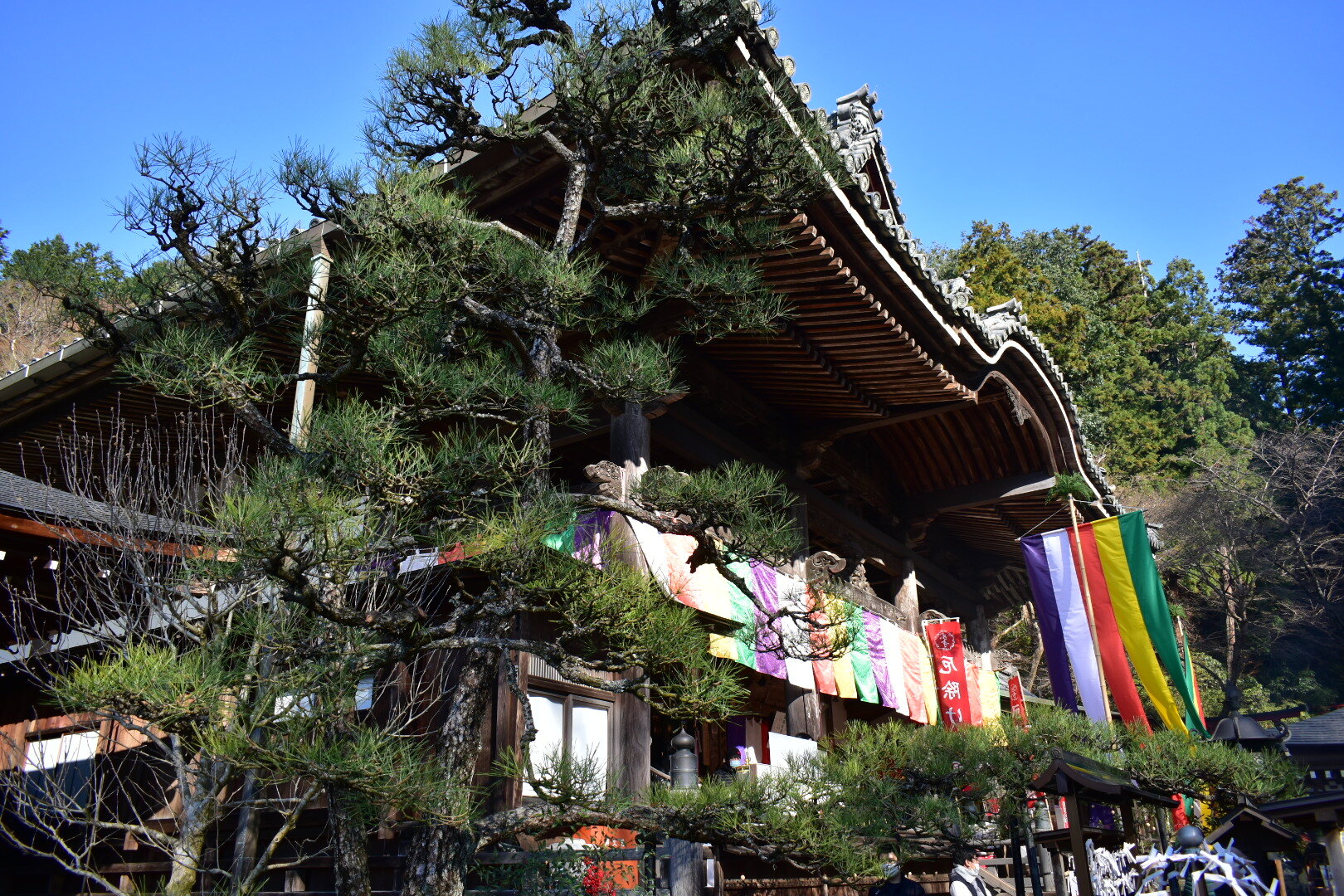In the mountains north of Kyoto, Kurama-dera was founded atop the mountain with the same monacher in the late 8th century C.E. The temple was originally founded as a nature retreat, a spot to get away from the chaos and commotion of everyday life and enter a serene and secluded life in search of spiritual enlightenment. Now, that dream is slightly less viable with the massive city of Kyoto crammed up against the entrance of the mountain pass. The temple itself is known for a long and storied history, but it’s most known for a powerful supernatural connection between the samurai general Minamoto Yoshitsune, and the tengu of Kurama-san, Sôjôbô.
For the casual: 6. For the educated: 7.
Kurama-dera, like any good mountain complex, is not simply confined to one location on the steep slopes. The temple has its main halls in one location, but there are a series of smaller halls, shrines, and locations of import all across the mountain. Most of these locations are reasonably accessable along a mountain trail which begins on the east side where the temple is, and ends on the west side.
The temple grounds have a great many important locations like an energy locus on the observation deck, rooms where sutra copies can be written, and homes for some of the temple’s important artifacts. A small museum is also open to the public for a small fee which contains temple artifacts, items relating to the tengu legends of the area, and also the wildlife found across the mountain.
There’s even a shrine to the king of demons (奥の院魔王殿) ! Now, I’m not sure if this is a shrine to a specific demon, monster, or just a darkness that seems to be present in the area; I mean, the landscape behind the building looks pretty hell-ish. I think what is more likely is that this shrine is dedicated to Sôjôbô, the tengu I mentioned earlier. He was said to be the king/god of all tengu in Japan and some myths state that he had the power of 1,000 tengu. When Minamoto no Yoshitsune (Ushiwakamaru) was staying at the temple, he trained under the famed tengu and learned martial arts, military strategy, and magic. While tengu are yokai of extraordinary power, they can be equal parts benevolent and malevolent. This small shrine may be to appease the evil side of the tengu that could bring destruction to the towns, and even the kidnapping of children. Of course, this is all conjecture since I couldn’t find any concrete information regarding the temple grounds.












